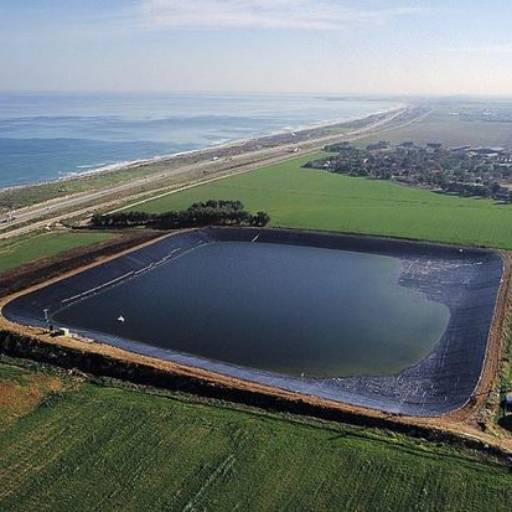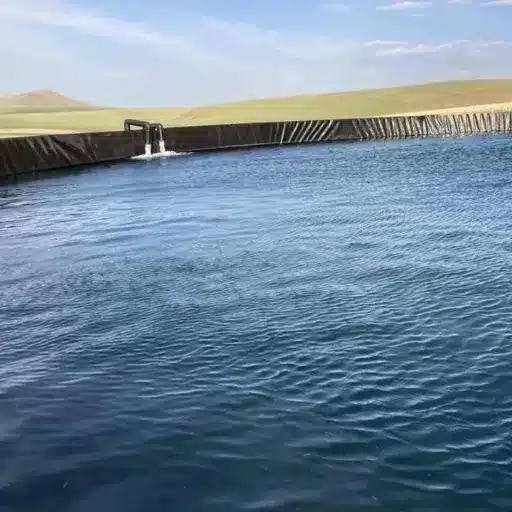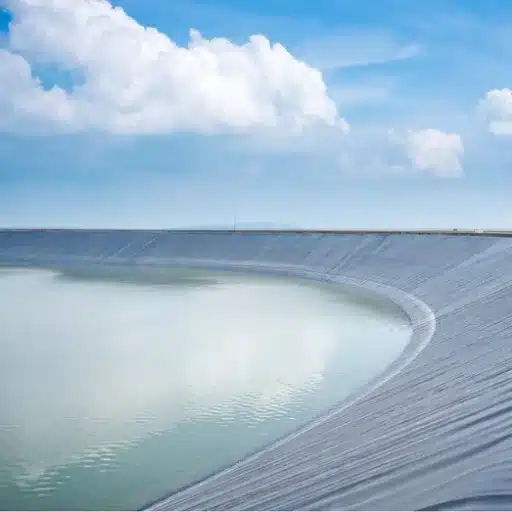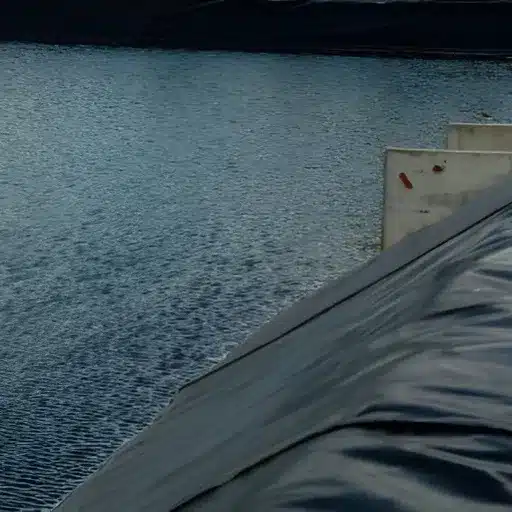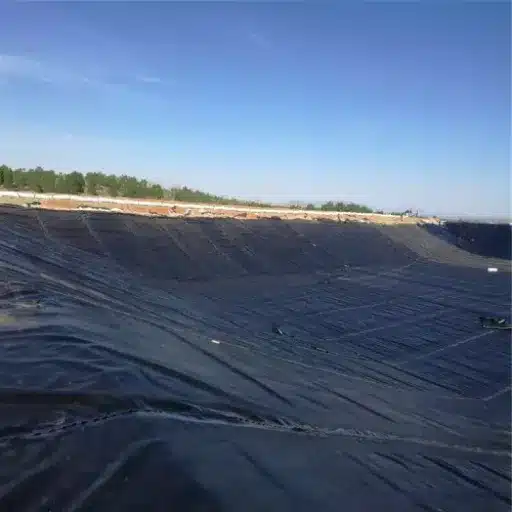Creating sustainable and long-lasting water containment systems requires the right materials. Heavy-duty geomembrane liners offer unmatched versatility and durability for ponds, reservoirs, and industrial applications. Whether you’re a landowner planning a pond, an engineer managing large-scale water systems, or simply interested in containment technology, this comprehensive guide will help you understand why these liners are the preferred choice of professionals worldwide.
What is a Geomembrane Liner?
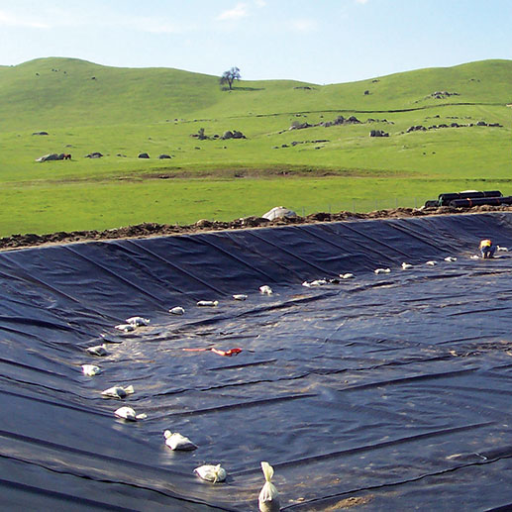
A geomembrane liner is a highly resistant synthetic membrane designed to control the flow of liquids or gases in containment applications. These liners are manufactured from advanced materials and engineered for exceptional impermeability and long-term service.
Key Performance Statistics:
- Lifespan: 20-30 years under average environmental conditions
- Temperature Range: -40°C to +60°C operational capability
- Water Loss Reduction: Up to 90% compared to traditional earthen systems
- Thickness Options: 0.5mm to 3mm available
Primary Materials Used
- High-Density Polyethylene (HDPE)
- Linear Low-Density Polyethylene (LLDPE)
- Polyvinyl Chloride (PVC)
Types of Geomembrane Liners
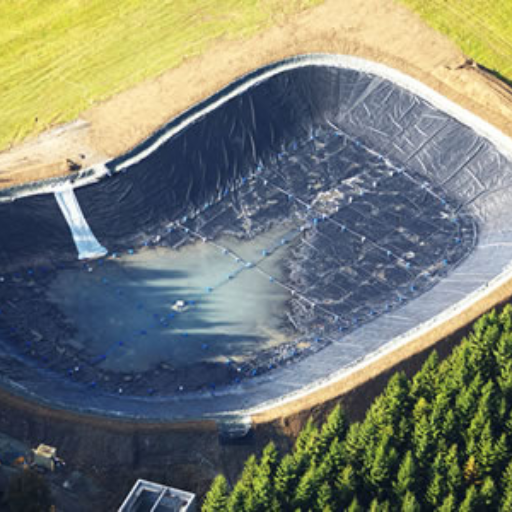
| Material Type | Tensile Strength | Thickness Range | Best Applications | Key Advantages |
|---|---|---|---|---|
| HDPE | 22 MPa | 0.5 – 2.5mm | Landfills, Mining, Water Containment | UV resistant, Chemical resistant, Long-lasting |
| PVC | 15 – 17 MPa | 0.25 – 1mm | Decorative Ponds, Wastewater Treatment | Flexible, Easy installation, Adaptable |
HDPE Geomembranes
High-Density Polyethylene geomembranes excel in durability and chemical resistance, making them ideal for demanding applications:
- Exceptional UV radiation resistance
- Superior chemical degradation protection
- 20-30 year typical lifespan
- Excellent mechanical strain tolerance
PVC Geomembranes
Polyvinyl Chloride geomembranes offer flexibility and installation ease:
- Enhanced flexibility for irregular surfaces
- Simplified installation process
- Lightweight and easy to handle
- Cost-effective for smaller projects
Key Applications
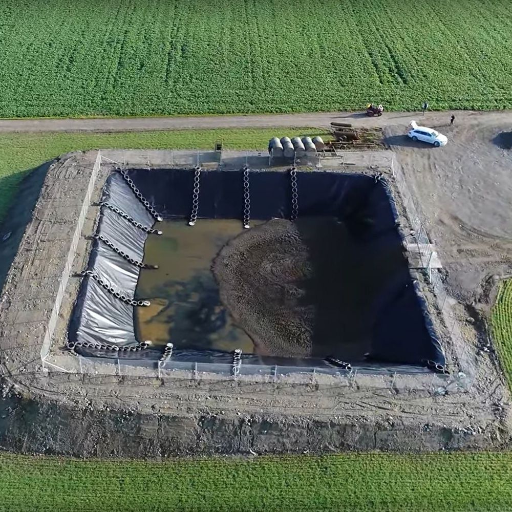
Pond Containment Applications
Geomembrane liners provide exceptional barriers for various pond applications:
- Aquaculture Ponds: Maintain water quality and prevent soil contamination
- Agricultural Ponds: Reduce water loss by up to 90% in irrigation systems
- Industrial Water Storage: Cost-effective containment and treatment solutions
- Decorative Ponds: Aesthetic water features with reliable containment
Water Management Solutions
Modern water management integrates advanced technologies with geomembrane systems:
- Smart Monitoring Systems: IoT sensors for real-time water tracking
- Rainwater Harvesting: Capture and store precipitation for multiple uses
- Reservoir Management: Large-scale water storage and distribution
- Industrial Applications: Process water containment and treatment
Benefits of Heavy-Duty Geomembrane Liners
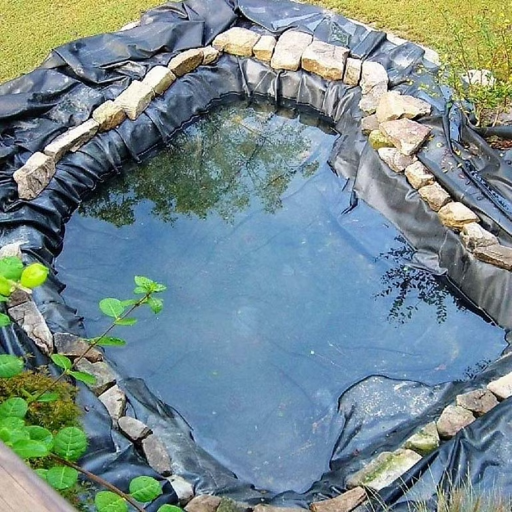
🛡️ Superior Durability
Exceptional resistance to punctures, tears, and chemical degradation ensures long-term performance in harsh conditions.
💧 Leak Prevention
Impermeability better than 1 x 10^-10 cm/s prevents seepage and contamination of surrounding environments.
💰 Cost-Effective
Long lifespan and low maintenance requirements result in significant cost savings over time.
🌍 Environmental Protection
Effective barrier against hazardous substances, protecting soil and groundwater from contamination.
Performance Data:
- Industries using geomembranes save up to 40% on water loss
- Maintenance costs reduced by 25% with IoT monitoring systems
- Temperature tolerance: -40°F to 176°F (-40°C to 80°C)
- Advanced systems achieve leakage rates of just 0.5mm yearly
Installation Process
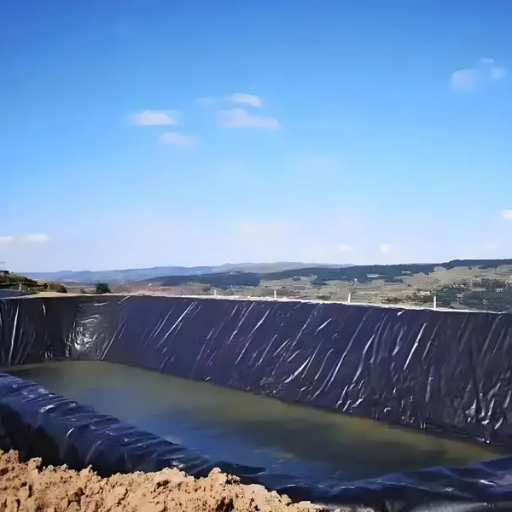
Site Preparation Requirements
- Site Clearing: Remove debris, vegetation, and sharp objects
- Grading and Leveling: Create smooth, even surfaces
- Subgrade Compaction: Achieve minimum 95% Standard Proctor density
- Geotextile Installation: Add protective underlayment layer
- Drainage Design: Plan water management around the liner
Installation Best Practices
| Installation Phase | Key Requirements | Quality Metrics |
|---|---|---|
| Subgrade Preparation | 90%+ Standard Proctor density | Reduces failure risk by 35% |
| Seam Welding | Hot wedge or extrusion welding | 95% leak-proof success rate |
| Anchor Trenches | 1.5 feet depth minimum | 80% reduction in displacement risk |
| Quality Control | Comprehensive QA/QC program | 20%+ increase in liner lifespan |
Maintenance and Care
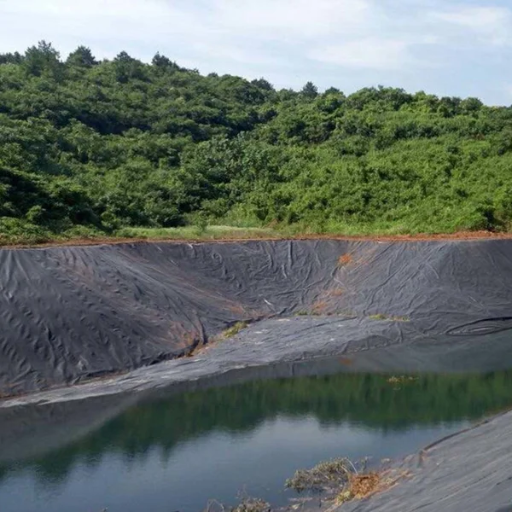
Regular Inspection Routines
Maintain liner performance through systematic inspection:
- Quarterly Inspections: Visual assessment for damage or wear
- Post-Weather Checks: Additional inspections after extreme conditions
- Technology Integration: Drone and thermal imaging for enhanced detection
- Documentation: Detailed records for compliance and monitoring
Maintenance Technology Benefits:
- Drone inspections improve efficiency by 40%
- Early damage detection reduces repair costs significantly
- Advanced detection increases problem identification by 35%
Longevity Recommendations
- Implement protective soil cover where appropriate
- Use geotextiles for additional protection
- Apply UV-resistant coatings in exposed areas
- Train maintenance teams in proper inspection techniques
- Follow manufacturer-specific care guidelines
Reference sources
- Plastics Technology Online (PTOnline)
- Article: “PE Film Market Analysis: Geomembrane Liners”
- This source discusses the applications of geomembrane liners in waste containment, liquid containment, and mining, providing insights into their material properties and market trends.
- Source Link
- OpenPR
- Article: “Geomembrane Liner Market to Signify Strong Growth by 2024-2031”
- This press release highlights the market growth, applications, and key players in the geomembrane liner industry, offering a comprehensive market analysis.
- Source Link
- Market.us
- Report: “Geomembrane Market Report By Type, Application, and Region”
- This report provides an in-depth analysis of the geomembrane market, including its applications in waste management, water conservation, and mining, along with regional trends and growth factors.
- Source Link
Frequently Asked Questions
🎯 Key Takeaway
Heavy-duty geomembrane liners represent the gold standard in water containment technology, offering unmatched durability, environmental protection, and cost-effectiveness. With proper installation and maintenance, these systems provide decades of reliable service while supporting sustainable water management practices.

